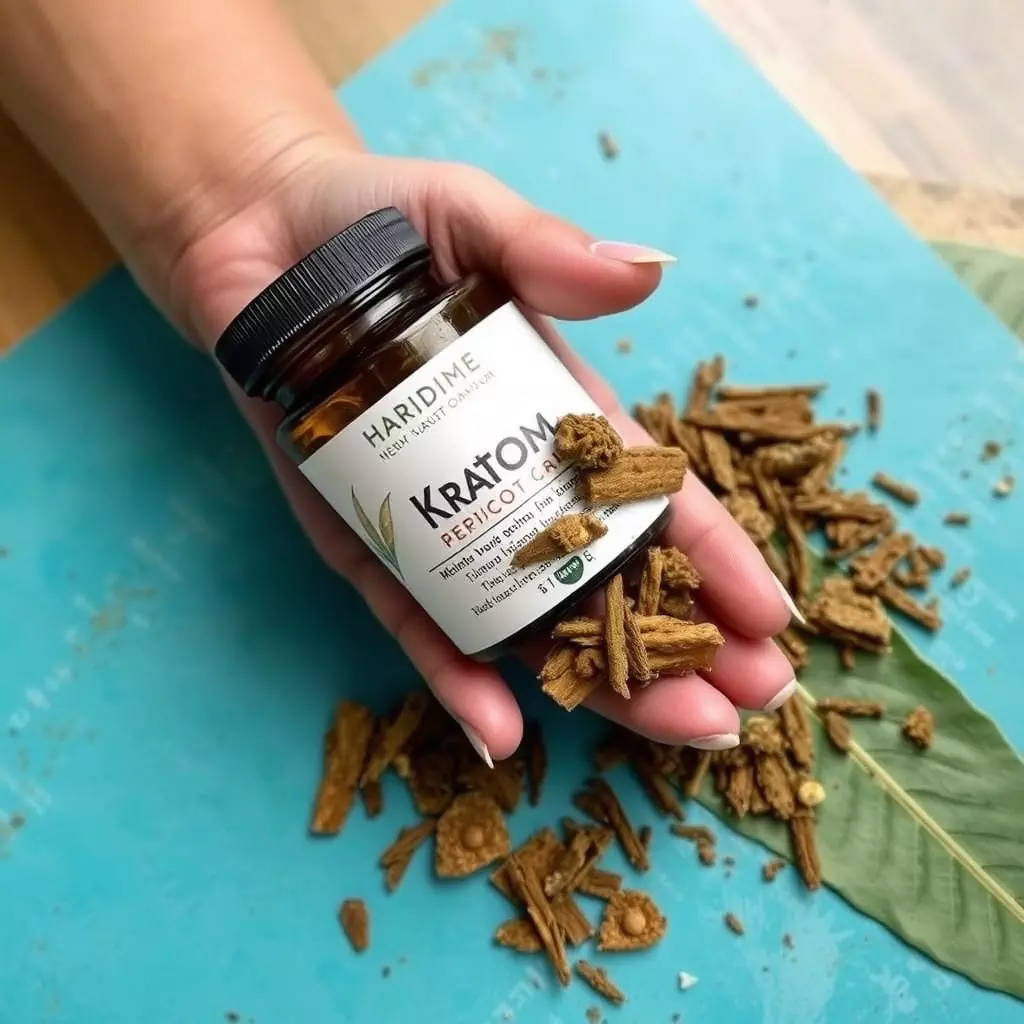Kratom, derived from the Mitragyna speciosa tree, has emerged as a versatile aid for both addiction recovery and joint pain management. Its primary alkaloids, mitragynine and 7-hydroxymitragynine, offer relief from withdrawal symptoms by interacting with opioid receptors and reducing cravings, making it a potential alternative to traditional opioids. Additionally, kratom shows promise in providing joint pain relief with kratom, as an effective analgesic for chronic joint pain, potentially due to its influence on neurotransmitters like dopamine and serotonin. While it presents a lower risk of respiratory depression or overdose compared to traditional opioids, the use of kratom must be approached with caution, and users should consult healthcare professionals given the need for further scientific research into its long-term effects and the current regulatory complexities surrounding its use.
Kratom, a botanical derivative from the leaves of Mitragyna speciosa, has emerged as a potential multifaceted solution in the realm of addiction treatment and recovery, offering not only sobriety support but also effective relief for joint pain. This article delves into the promising role of kratom within the journey of those seeking to overcome substance use disorders, while simultaneously addressing chronic discomfort. Through an exploration of its pharmacological properties, we will uncover the science underlying kratom’s effectiveness in mitigating withdrawal symptoms and providing joint pain relief. Furthermore, we will discuss how kratom can be thoughtfully integrated into a comprehensive holistic recovery plan, ensuring a balanced approach to both addiction treatment and pain management. Join us as we navigate the nuances of kratom’s potential in transforming lives through its natural properties.
- Exploring Kratom's Role in Addiction Treatment and Recovery: A Natural Approach to Sobriety and Joint Pain Relief
- The Science Behind Kratom: Understanding Its Effectiveness for Managing Withdrawal Symptoms and Chronic Pain
- Integrating Kratom into a Holistic Recovery Plan: Balancing Pain Management with Addiction Treatment
Exploring Kratom's Role in Addiction Treatment and Recovery: A Natural Approach to Sobriety and Joint Pain Relief

Kratom, a botanical substance derived from the leaves of the Mitragyna speciosa tree, has garnered attention in the realm of addiction treatment and recovery, particularly for its potential dual benefits in addressing both sobriety and joint pain relief. Its alkaloids, primarily mitragynine and 7-hydroxymitragynine, interact with the body’s opioid receptors, which can aid individuals in managing withdrawal symptoms that often accompany cessation from more potent opioids. In the context of addiction treatment, kratom may serve as a tool to mitigate cravings and lessen the discomfort associated with detoxification.
Moreover, the natural approach to joint pain relief offered by kratom is another aspect that has intrigued researchers and those seeking alternatives to pharmaceutical interventions. The analgesic properties of kratom are believed to be effective in alleviating chronic pain and inflammation without the risk of addiction or the adverse side effects often associated with traditional pain medication. This dual functionality of kratom provides a promising avenue for individuals undergoing recovery from substance use disorders, as it may offer relief from both the psychological and physical aspects of their condition, thus supporting a holistic approach to healing and recovery. However, it is imperative to note that while kratom holds potential benefits, its use should be approached with caution, and individuals should consult healthcare professionals before integrating it into their treatment regimen, given the complexities of addiction and the variability in individual responses to such substances.
The Science Behind Kratom: Understanding Its Effectiveness for Managing Withdrawal Symptoms and Chronic Pain

Kratom, a plant originating from Southeast Asia, has garnered attention in various medical and addiction recovery circles for its potential to alleviate withdrawal symptoms and manage chronic pain, including joint pain relief with kratom. The effectiveness of kratom can be attributed to its active components, alkaloids such as mitragynine and 7-hydroxymitragynine, which interact with the body’s opioid receptors. These interactions are believed to produce effects that can help manage pain and withdrawal symptoms associated with opioid addiction. Scientific studies indicate that kratom may modulate the neurotransmitters dopamine and serotonin, which play a significant role in mood regulation and pain perception. This modulation could be particularly beneficial for individuals undergoing detoxification from substances like heroin or prescription opioids, as it may help mitigate the discomfort of withdrawal while offering relief from persistent pain conditions.
Furthermore, kratom’s impact on the mu-opioid receptors is comparable to that of traditional opioids but without the same level of respiratory depression or risk of overdose. This distinction is crucial as it highlights a potential therapeutic window for treating chronic pain and managing withdrawal symptoms. The use of kratom for joint pain relief has been anecdotally reported, with users describing its analgesic effects as beneficial in alleviating the aches and pains associated with conditions like arthritis or injuries. However, it is imperative to approach the use of kratom with caution and under professional guidance due to the complex regulatory environment surrounding this substance and the need for further scientific research to fully understand its efficacy and long-term impacts.
Integrating Kratom into a Holistic Recovery Plan: Balancing Pain Management with Addiction Treatment

Kratom’s potential as a multifaceted tool in addiction treatment and recovery, particularly for managing joint pain relief alongside withdrawal symptoms, is an emerging area of interest. The scientific evidence supporting its role in alleviating chronic pain and mitigating the challenges of detoxification underscores its value within a holistic recovery plan. As research continues to evolve, it is clear that kratom may offer a natural alternative for those seeking relief and a path toward sobriety. Integrating this approach thoughtfully into comprehensive treatment programs can provide significant benefits, highlighting the importance of considering all available options in addiction recovery.






